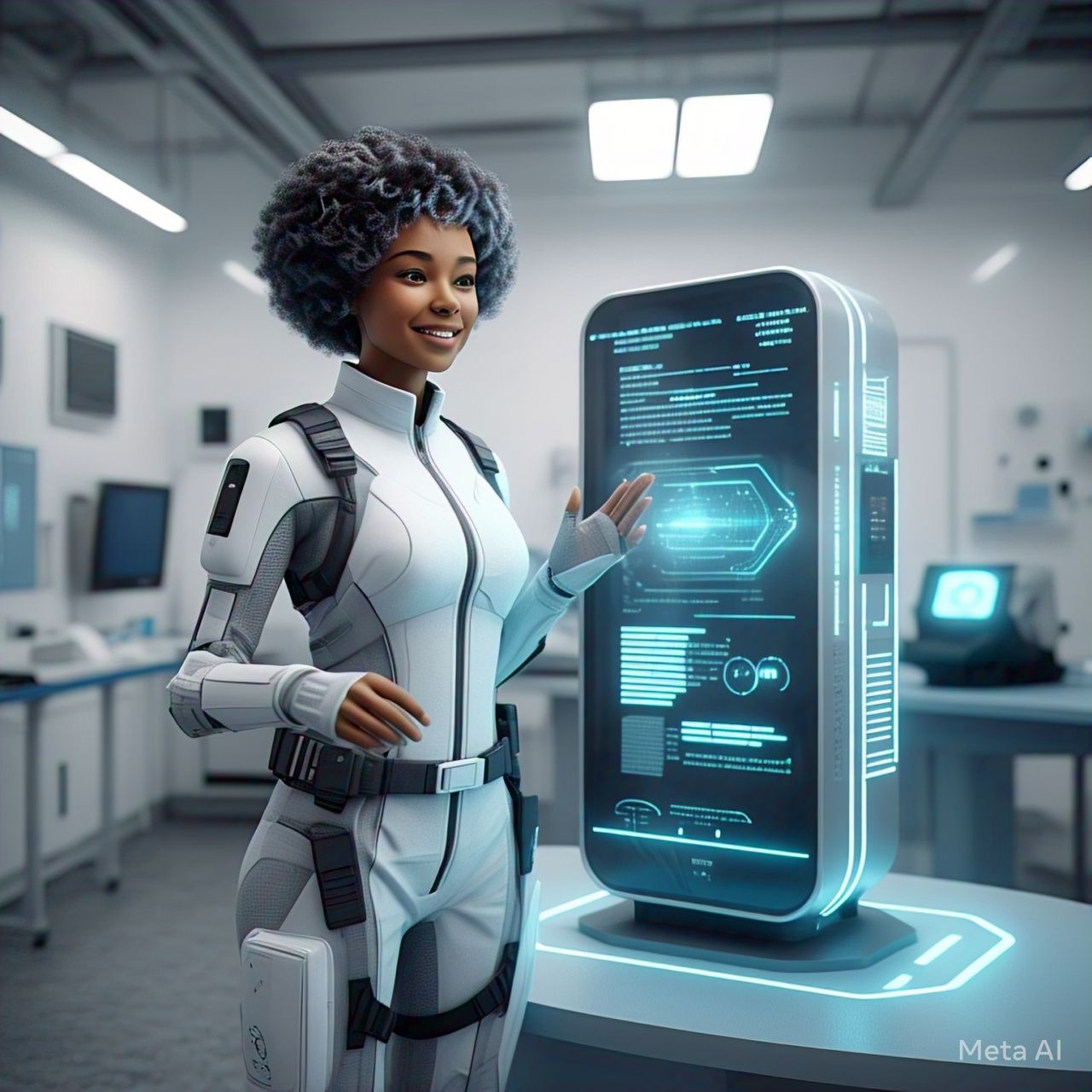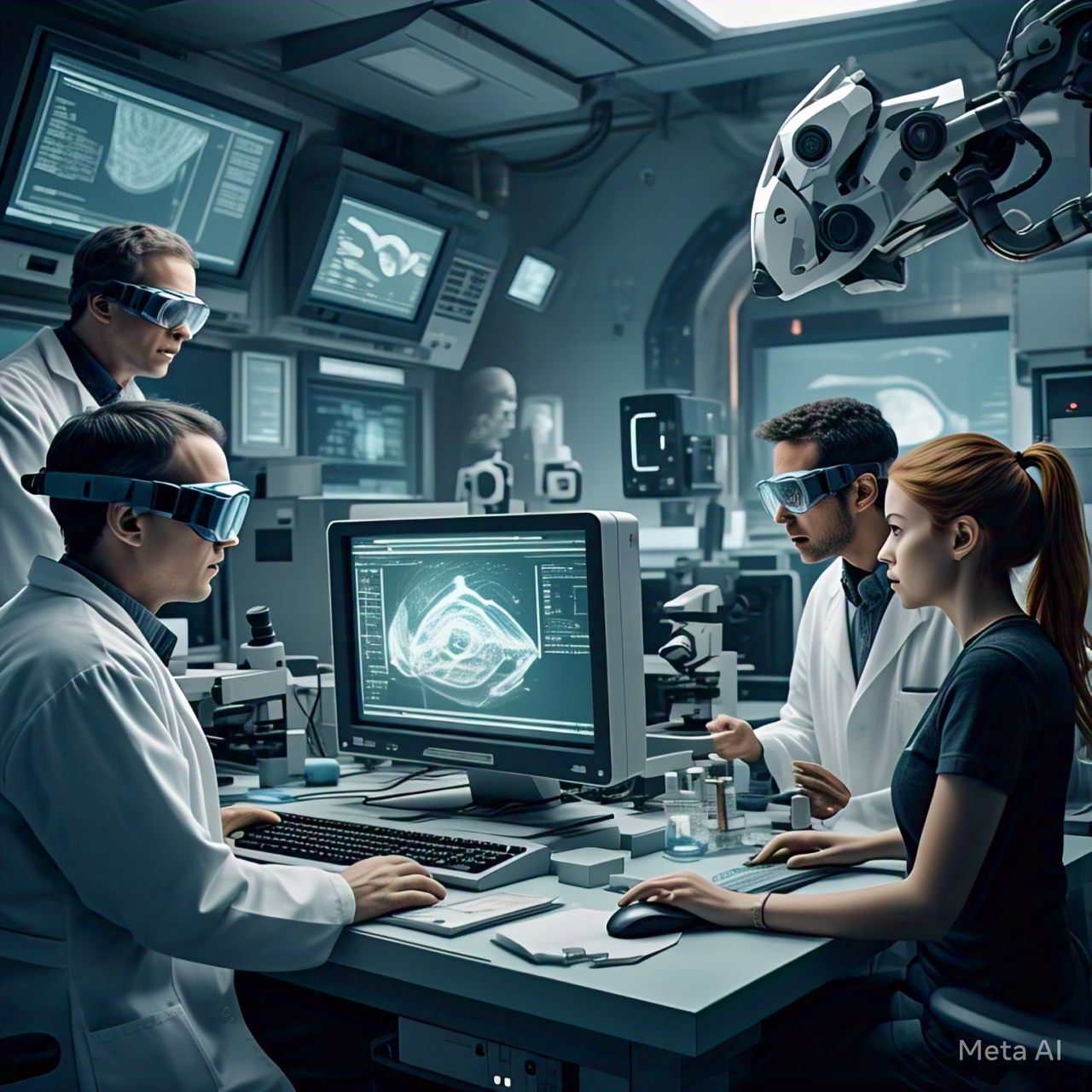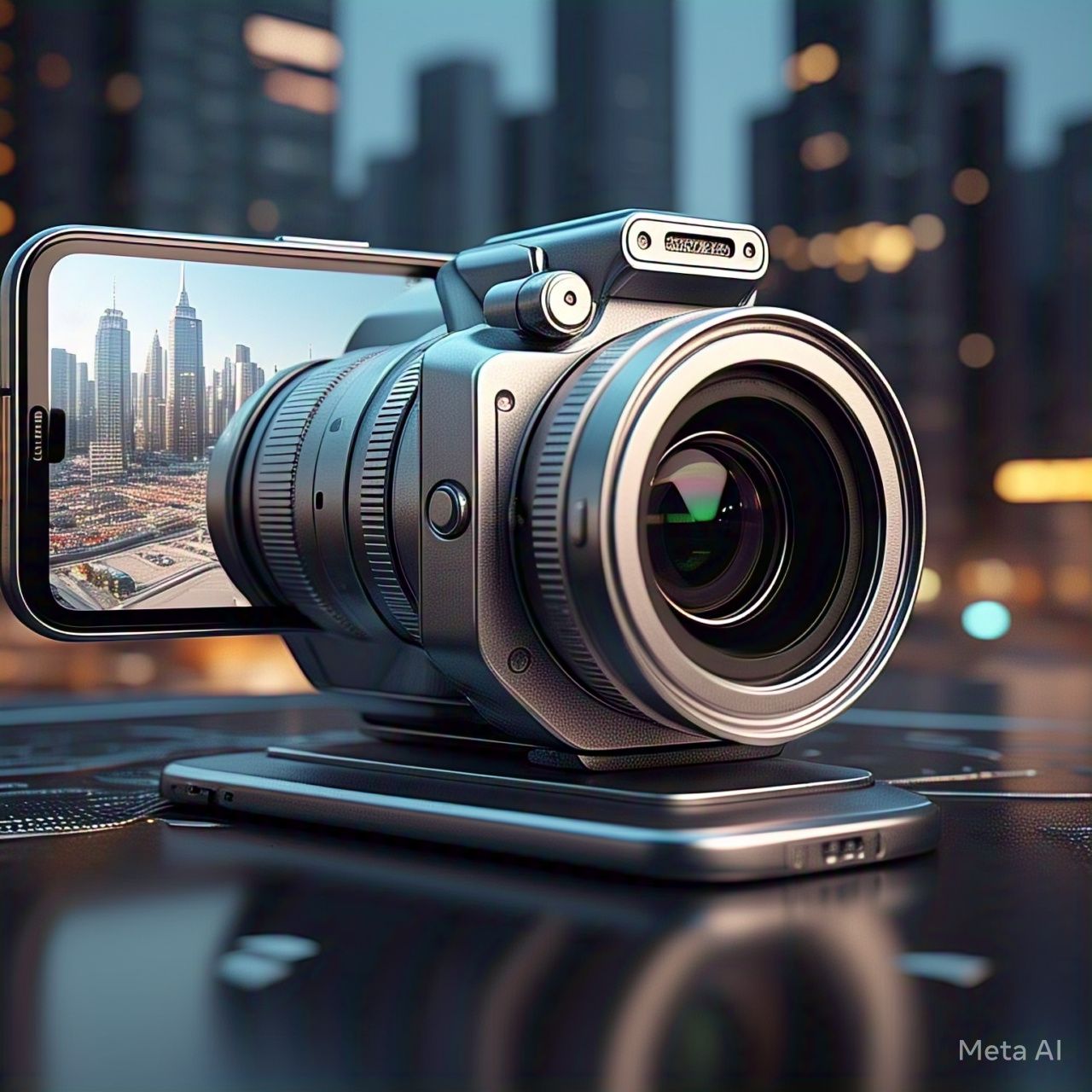Table of Contents
- Introduction
- Understanding AI and IoT
- The Convergence of AI and IoT
- Key Technologies Driving AI in IoT
- Applications of AI in IoT
- Benefits of AI-Powered IoT Systems
- Challenges and Limitations
- Future Trends of AI in IoT
- Ethical and Security Considerations
- Conclusion
- FAQs
- References
Introduction
The Internet of Things (IoT) has revolutionized the way devices communicate and interact, but with the integration of Artificial Intelligence (AI), it is evolving into a more powerful, autonomous, and intelligent system. AI enhances IoT by providing real-time data analysis, automation, and predictive capabilities, transforming industries from healthcare to smart cities. This article explores how AI is reshaping IoT, the benefits, challenges, and future trends of this synergy.
Understanding AI and IoT
- Artificial Intelligence (AI): A branch of computer science that enables machines to learn, reason, and make decisions without human intervention.
- Internet of Things (IoT): A network of interconnected physical devices that collect and exchange data using sensors and internet connectivity.
The combination of AI and IoT—often referred to as AIoT—enables smarter decision-making and automation, making IoT systems more efficient and adaptive.
The Convergence of AI and IoT
The integration of AI with IoT is creating a dynamic shift in data processing and automation. Traditional IoT systems rely on cloud-based data storage and manual analysis, but AI empowers these systems to:
- Analyze data in real-time
- Make predictive and prescriptive decisions
- Automate processes without human intervention
Key Technologies Driving AI in IoT
The AI-IoT convergence is powered by several technologies:
| Technology | Description |
|---|---|
| Machine Learning (ML) | Allows IoT devices to learn from data patterns and improve performance over time. |
| Edge AI | Enables AI-powered data processing directly on IoT devices, reducing latency. |
| Natural Language Processing (NLP) | Facilitates voice-controlled IoT devices and virtual assistants. |
| Computer Vision | Enables IoT systems to analyze images and videos for security, healthcare, and automation. |
| Big Data Analytics | Helps process vast amounts of IoT-generated data for actionable insights. |
Applications of AI in IoT
AI-powered IoT is being utilized across various industries:
1. Smart Homes and Cities
- AI-enabled smart thermostats and lighting systems.
- Traffic management and smart parking solutions.
2. Healthcare
- Wearable health monitoring devices powered by AI.
- Predictive analytics for early disease detection.
3. Industrial Automation
- AI-driven predictive maintenance in factories.
- Automated quality control in manufacturing.
4. Autonomous Vehicles
- AI-powered IoT sensors for navigation.
- Real-time traffic data analysis and route optimization.
5. Agriculture
- AI-based IoT systems for precision farming.
- Smart irrigation systems that optimize water usage.
6. Retail and E-Commerce
- AI-powered inventory management using IoT sensors.
- Personalized shopping experiences based on customer behavior.
Benefits of AI-Powered IoT Systems
| Benefit | Description |
| Improved Efficiency | AI automates processes, reducing manual intervention. |
| Real-Time Decision Making | AI processes IoT data instantly, allowing for immediate actions. |
| Predictive Maintenance | AI analyzes IoT data to detect potential failures before they occur. |
| Enhanced Security | AI identifies and mitigates cyber threats in IoT networks. |
| Personalization | AI enables customized user experiences in smart homes and businesses. |
Challenges and Limitations
Despite the benefits, AI in IoT faces several challenges:
- Data Privacy and Security Risks: AI-enabled IoT devices collect vast amounts of sensitive data, making them potential targets for cyberattacks.
- High Implementation Costs: Deploying AI-powered IoT solutions requires significant investment in hardware and software.
- Interoperability Issues: Different IoT devices and platforms may not always integrate seamlessly.
- Dependence on High-Quality Data: AI models require large datasets for accurate predictions, which can be a challenge in IoT environments.
Future Trends of AI in IoT
The future of AI in IoT is promising, with several advancements on the horizon:
- Edge AI Growth: More IoT devices will process data locally instead of relying on cloud computing.
- 5G Integration: Faster and more reliable data transmission for AI-driven IoT applications.
- AI-Driven Cybersecurity: AI algorithms will detect and prevent cyber threats in real-time.
- Self-Healing IoT Systems: AI-powered IoT devices will autonomously repair and optimize their performance.
Ethical and Security Considerations
The rise of AI-powered IoT raises ethical and security concerns:
- Data Privacy: Ensuring user data is protected and not misused.
- Bias in AI Algorithms: AI models should be trained on diverse datasets to prevent biased decision-making.
- Regulatory Compliance: Governments need to establish regulations to ensure responsible AI-IoT development.
Conclusion
The integration of AI with IoT is revolutionizing industries by enabling smarter decision-making, automation, and efficiency. While challenges like security and interoperability remain, advancements in AI and IoT technologies will continue to drive innovation. Businesses and consumers alike will benefit from AI-powered IoT solutions, making the world more connected and intelligent.
FAQs
1. How does AI enhance IoT?
AI enables IoT devices to analyze data in real-time, automate tasks, and make intelligent decisions without human intervention.
2. What industries benefit the most from AI-powered IoT?
Industries like healthcare, manufacturing, agriculture, smart cities, and transportation benefit the most from AI-IoT integration.
3. What are the biggest challenges in AI-IoT adoption?
Data privacy, cybersecurity risks, high implementation costs, and interoperability issues are the major challenges.
4. How does Edge AI improve IoT performance?
Edge AI allows IoT devices to process data locally, reducing latency and dependence on cloud computing.
5. What is the future of AI in IoT?
The future of AI-IoT includes advancements in Edge AI, 5G integration, AI-driven cybersecurity, and self-healing IoT systems.
References
- McKinsey & Company. “How AI is Enhancing the IoT Landscape.” [Online].
- Gartner Research. “Trends in AI and IoT for Business Transformation.” [Online].
- Harvard Business Review. “Ethical and Security Considerations in AI-Powered IoT.” [Online].




